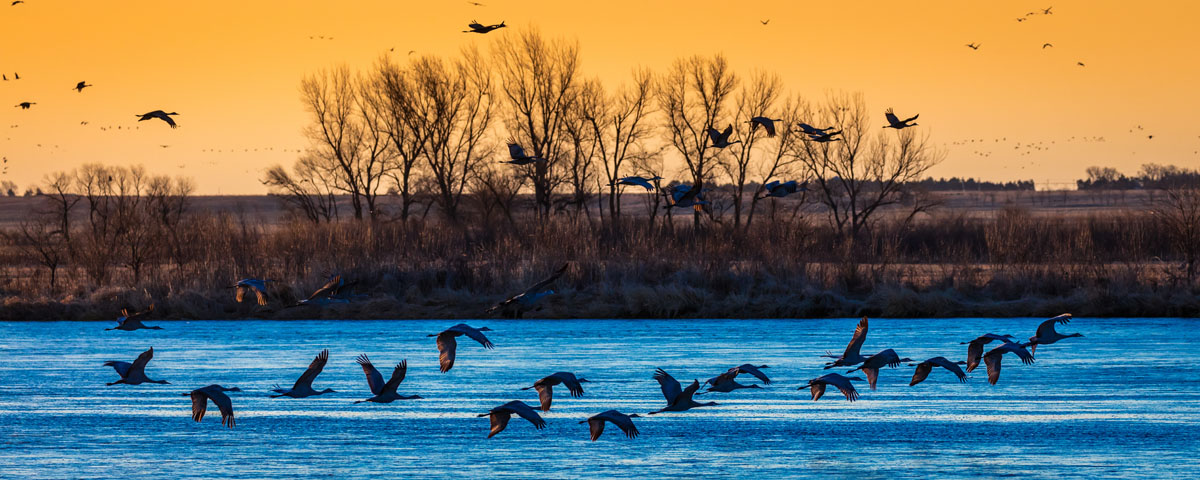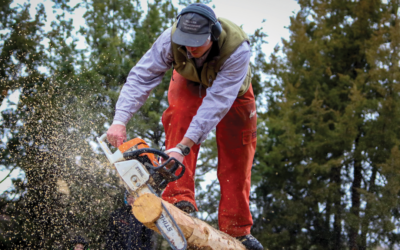by Heidi Kerr-Schlaefer
The Nebraska Tourism Commission has created some notable marketing campaigns. “It’s not just flyover country,” is a sentiment featured in their television commercials. They also say, “Visit Nebraska. It’s not for everyone,” and honestly, that’s true. More populated by cows than humans, this is not the place for those who like the cutting-edge party scene; however, it is a state where visitors can experience authentic Americana at every turn.
History runs deep in Grand Island
Nebraska is the 37th most populated state in the country, and Grand Island, an hour and a half from the geographic center of the United States, is the fourth most populated town in Nebraska, with slightly more than 50,000 citizens.
With three brewpubs and one of the most fantastic museums in Nebraska, Grand Island is a fun place to visit. Downtown is experiencing a renaissance, with many of the historic buildings currently receiving a facelift. It’s an old city that’s brimming with possibility.
Prairie Pride Brewing is located in a feed and grain structure in downtown Grand Island. This seems appropriate, because feed and grain buildings dot Nebraska’s countryside, and many are still in use. The brewery has a comfy feel and serves award-winning beers.
Around the corner is one of the most historic restaurants in Middle America. The Coney Island Lunch Room has been dishing up dogs and malts since 1933. The narrow restaurant, complete with a diner counter, is still owned by the Katrouzos family. While Coney dogs now cost a bit more than the original 5 cents, locals and visitors still arrive in throngs.
The nicest bartenders can be found at McKinney’s, an Irish pub that feels like it’s been around forever and yet was established only a couple of years ago. Kinkaider, another brewery in town, has a Wild West ambiance, but instead of dancing girls and shootouts, diners enjoy great beer and food, including a burnt tip mac ’n’ cheese that’s write-home-about good.
Stuhr Museum of the Prairie Pioneer is located between downtown and the freeway. Along with rotating exhibits that include incredible art displays, the main building tells the story of Nebraska’s early days. This is a familiar narrative for many Coloradans who trace their roots back to the Cornhusker State.
Across the museum’s parking lot, the Fonner Rotunda tells the story of Native Americans in the area and holds collections of various artifacts from the Old West. The large assortment of spurs is fascinating.
The 200-acre property also is home to many historic buildings. Railroad Town, a re-creation of an 1800s Nebraskan village, comes alive during Living History Days in the summer. Expect to visit this expansive museum for several hours or more.
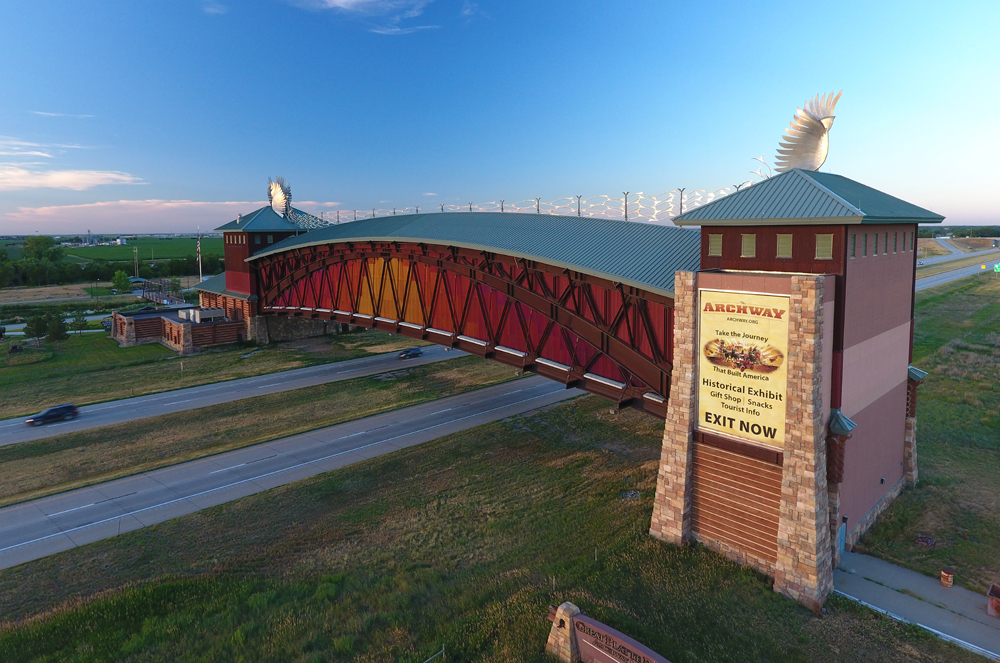
The Archway tells the story of the Great Platte River Road. | Photo courtesy Grand Island Tourism
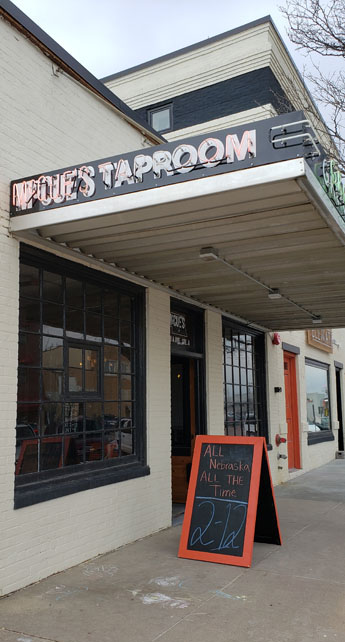
Kearney, not just for college kids
Best known as home to more than 4,000 college students enrolled at the University of Nebraska Kearney, this town offers more than good happy hours.
The Archway may be one of the biggest tourist traps in Nebraska, but it’s worth visiting. Stretching across I-80 in Kearney, the attraction celebrates the Great Platte River Road while the tale of Nebraska is relayed through the use of life-size displays and headsets. Guests follow the historic road through stories of pioneers who braved the first rutted trail to the families who drove automobiles on road trips down the Lincoln Highway.
The Lincoln Highway, which cuts through Grand Island and Kearney, is one of the first trans-continental highways constructed in the United States. It runs from New York to San Francisco. The route in west Nebraska runs through rural towns like Lexington and is lined with old gas stations and motels from a bygone era.
The Archway is less a museum and more of an experience, and it provides the visitor with a real sense of what travel through Nebraska has been like through the years.
Downtown Kearney is crisscrossed by the railroad, and trains are a constant in this town. It’s not surprising that a large part of the Archway is dedicated to telling the history of the railroad.
Discophiles delight in Buffalo Records, a downtown vinyl store offering new and used records for every taste. Across the road is the original Thunderhead Brewing Co.
Open since 1999, Thunderhead serves up tasty pizza and has perfected its many beer offerings. Today, there are Thunderhead locations in Axtell and Omaha, Nebraska, but the Kearney brewhouse still feels like a small-town brewpub.
Steak is an important part of Nebraska’s image, and it’s what’s on the menu at The Alley Rose in downtown Kearney. The restaurant includes a salad bar and is the kind of place where there are no strangers and servers treat everyone like a friend.
For breakfast, don’t miss the Breakfast Cart in Kearney. Google Maps sends drivers to the wrong location, but it’s worth hunting down. The homemade corned beef and hash is a local favorite.
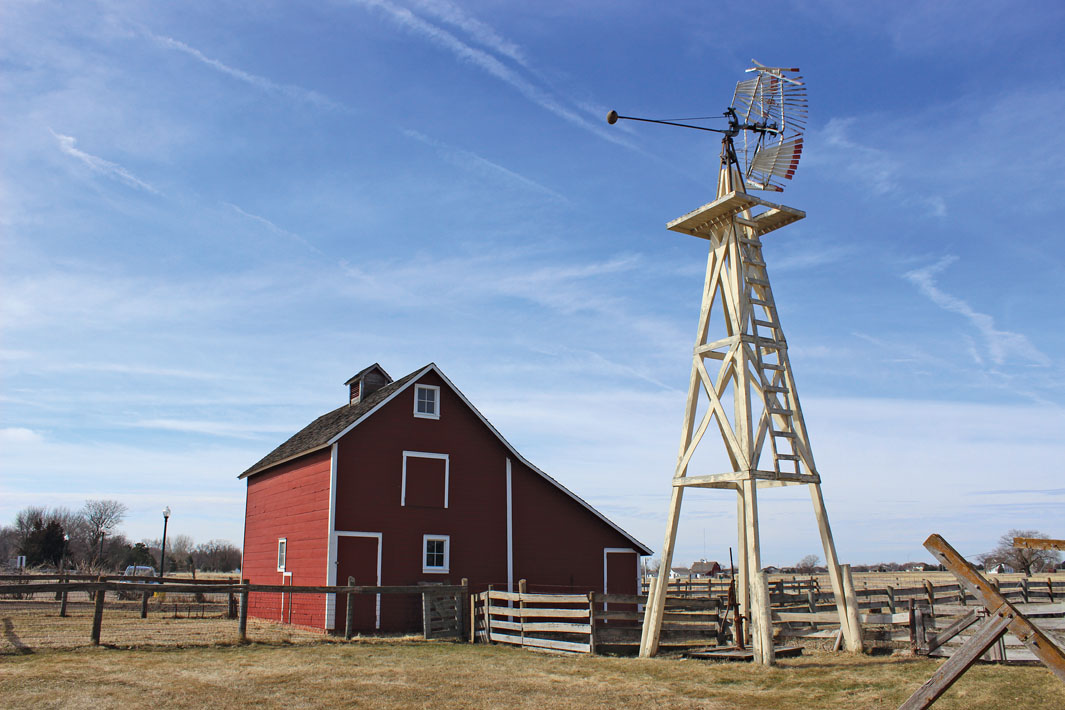
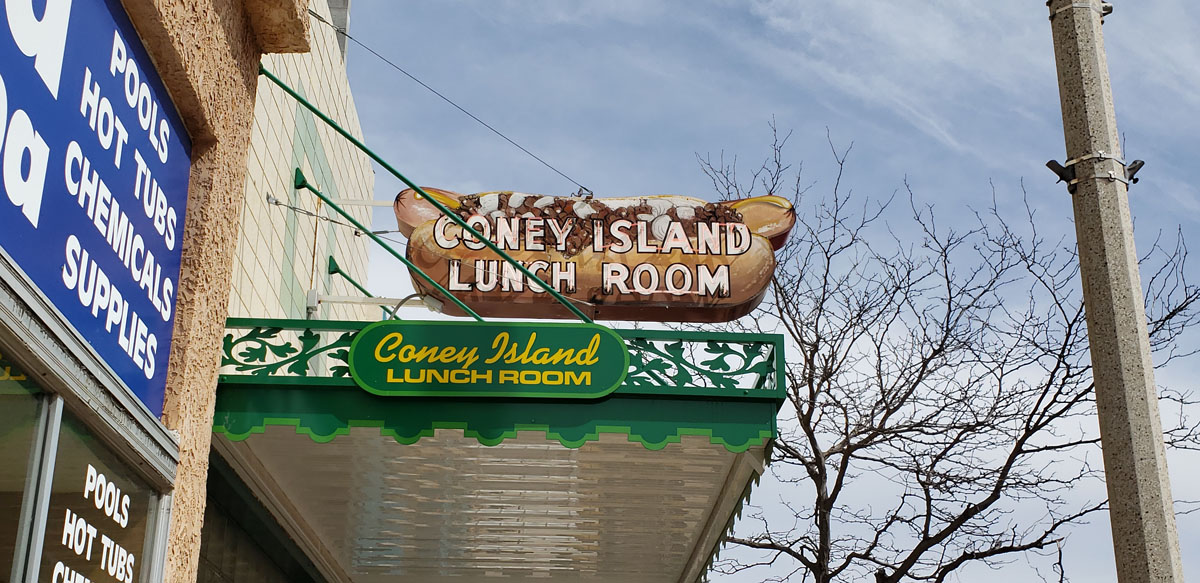
Tourists flock to Coney Island Lunch Room in Grand Island. | Photo by Heidi Kerr-Schlaefer
Spend a night with the sandhill cranes
Like many people who visit Nebraska, we were there to witness the sandhill crane migration in March. Starting in February and ending in April, this is one of the world’s largest migrations, and the 3- to 4-foot-tall birds come through central Nebraska. More than 600,000 sandhill cranes take a hiatus along and around the Platte River. They stop to fatten up in the fields before continuing their journey north.
In the evening, for safety, they roost in the shallow waters of the river, making this natural phenomenon a memorable sight that allures birders and nature lovers from around the world.
As the birds flock to the area, so do the humans. The Crane Trust in Grand Island has created a VIP excursion around the annual crane visit. Guests stay in cottages on the Trust property. Dinner, breakfast and a bit of environmental education are provided, but best of all, guests get access to the VIP blinds at the Crane Trust.
Set up along the Platte River, these two blinds allow guests of the Trust to view the birds twice; as they return in the evening to the river from the surrounding fields and as the birds wake in the early morning. The humans, tucked into their heated blinds, get a firsthand look at the birds as they dance and bob and fly.
This migration has been occurring for thousands of years, and to witness it firsthand is magical as well as noisy. Tens of thousands of big birds make a lot of noise and their sounds can be heard up to two miles away.
These VIP excursions at the Crane Trust are highly sought after and must be booked months in advance. This year, the crane count was the highest ever at 659,870 birds, plus or minus 61,378. The Trust also received national coverage from “Good Morning America,” so the word is out.
While the birds fly north in April, the Crane Trust remains active year-round, with scientists working on prairie preservation, the main mission of the organization. A relatively new development, the organization welcomes visitors to the prairie throughout the year. They now offer fat bike and kayak rentals, along with retreat facilities. Learn more at www.CraneTrust.org.
More populated by cows than humans, this is not the place for those who like the cutting-edge party scene; however, it is a state where visitors can experience authentic Americana at every turn.
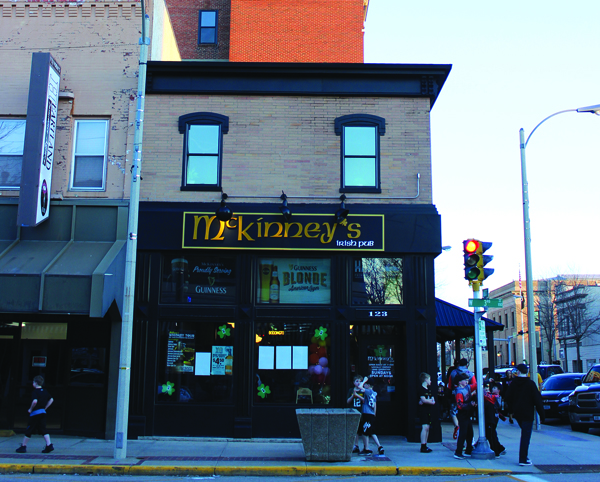
An evening in downtown Grand Island. | Photos this page by Heidi Kerr-Schlaefer
Nebraska Flooding Update
Nebraska has 79,056 miles of rivers – more than any other state. According to the Associated Press, Nebraska suffered more than $1.3 billion dollars in damage from the March 2019 flooding. The causes included historic snowfall combined with the bomb cyclone that resulted in blizzard-like conditions across the state.
The worst flooding was in the east, but the rest of the state was not immune. The Town of Wood River, about 20 minutes southwest of Grand Island, was evacuated and severely damaged by flood waters.
Douglas County, an area that encompasses Omaha, is receiving one-fifth of all flood assistance in Nebraska. As of April 8, the Salvation Army started to close down its flood operations in Omaha and began focusing on the areas around the region where the need was still greatest, including Pottawattamie County in Iowa and Sarpy and Cass Counties in Nebraska.
According to the Omaha World-Herald, the United Way is still accepting Nebraska flood assistance. For those who live outside Nebraska, call 402.444.6666, then press 6 to learn how to help.

